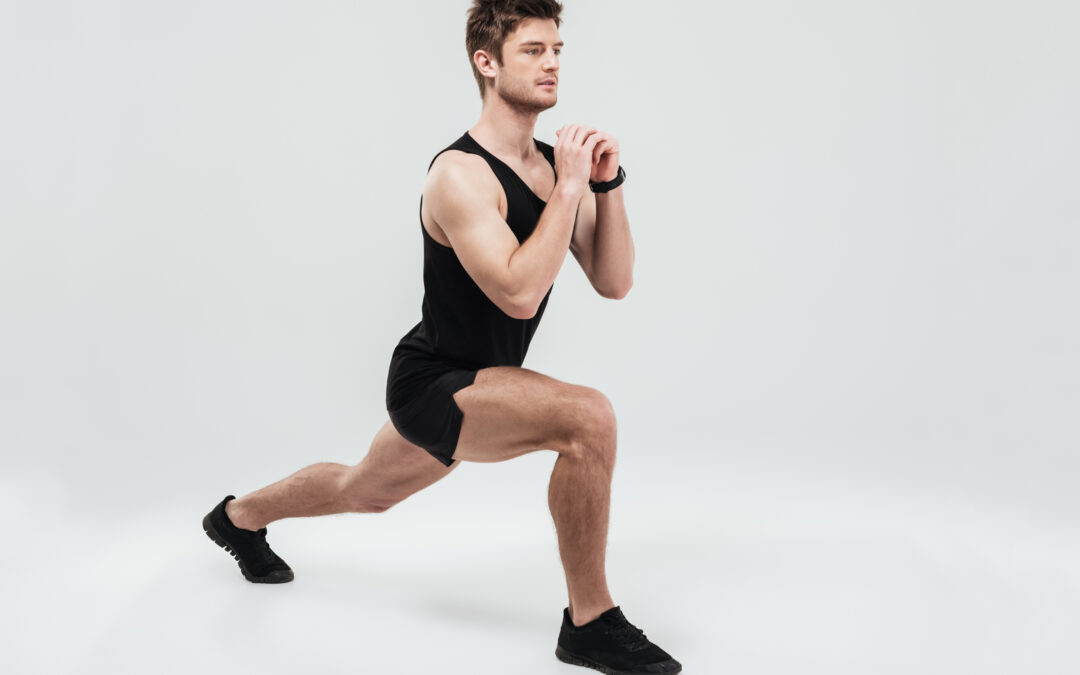When it comes to lower body exercises, lunges are a true powerhouse. Whether you’re a fitness enthusiast, an athlete, or someone looking to tone and strengthen your legs, lunges should definitely be part of your routine. This versatile exercise targets multiple muscle groups, improves balance, and enhances overall athleticism. In this blog post, we’ll delve into the benefits of lunges, explore different variations, and provide some tips for proper form and technique. Get ready to discover the power of lunges and take your leg strength to new heights!
- What are Lunges?
Lunges are compound exercises that primarily target the quadriceps, hamstrings, glutes, and calves. They involve stepping forward or backward with one leg while bending both knees to lower the body toward the ground. Lunges are highly effective because they engage multiple muscle groups simultaneously, promoting strength, stability, and coordination.
- Benefits of Lunges:
a. Leg Strength and Muscle Development: Lunges are renowned for their ability to strengthen and tone the lower body. The quadriceps, hamstrings, glutes, and calves all benefit from this exercise, resulting in improved power, endurance, and overall leg definition.
b. Enhanced Athletic Performance: Lunges are functional exercises that mimic movements used in various sports and everyday activities. They improve balance, stability, and coordination, making them particularly beneficial for athletes and those seeking to improve their overall athletic performance.
c. Core Stabilization: While primarily targeting the lower body, lunges also engage the core muscles. This provides an added benefit of developing core strength and stability, promoting better posture and reducing the risk of lower back pain.
d. Flexibility and Range of Motion: Lunges require adequate flexibility and mobility in the hips and legs. Regularly incorporating lunges into your workout routine can help improve flexibility, increase your range of motion, and contribute to better overall movement patterns.
e. Balance and Coordination: As a unilateral exercise, lunges require balancing on one leg while performing the movement. This improves balance and coordination, benefiting athletes and individuals of all fitness levels.
-
Lunge Variations:
a. Forward Lunge: The forward lunge is the most common variation. Start by standing tall with feet hip-width apart. Step one leg forward, lowering your body until both knees form 90-degree angles. Push through the heel of your front foot to return to the starting position and repeat on the opposite side.
b. Reverse Lunge: Similar to the forward lunge, but instead of stepping forward, step backward. Keep your torso upright and lower your body until both knees are at 90-degree angles. Push through the heel of your front foot to return to the starting position and repeat with the other leg.
c. Walking Lunge: In the walking lunge, instead of returning to the starting position after each repetition, step forward with the back leg to move continuously. This variation increases the challenge to your balance and stability while incorporating a dynamic movement.
d. Lateral Lunge: Stand with your feet shoulder-width apart and take a wide step to the side, keeping your toes pointed forward. Bend the knee of the stepping leg, pushing your hips back and lowering your body. Return to the starting position and repeat on the other side. The lateral lunge targets the inner and outer thighs, adding variety to your workout routine.
- Tips for Proper Form and Technique:
a. Keep your upper body tall and upright throughout the movement, engaging your core muscles for stability.
b. Step far enough forward or backward to achieve a 90-degree bend in both knees.
c. As you lower your body, avoid letting your front knee extend beyond your toes
- Also read
- how to get rid of double chin?

